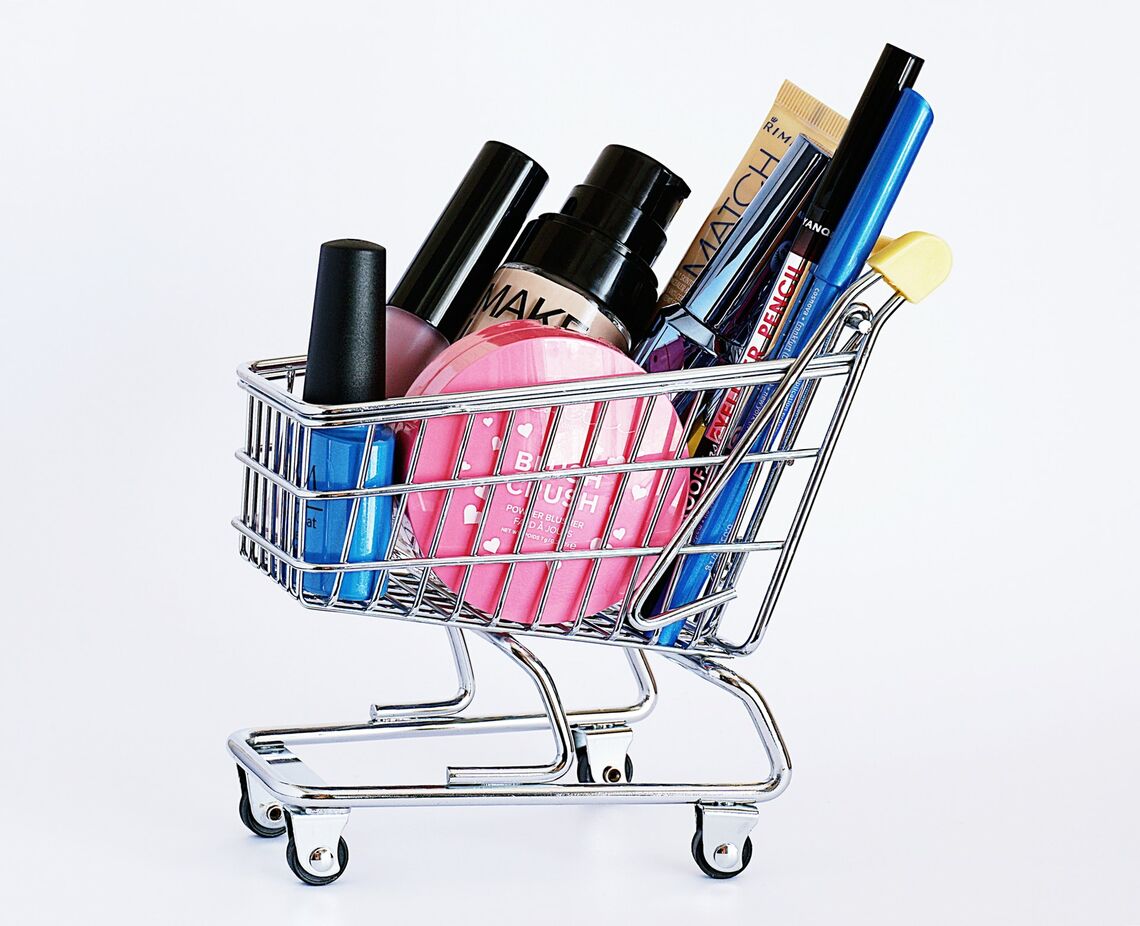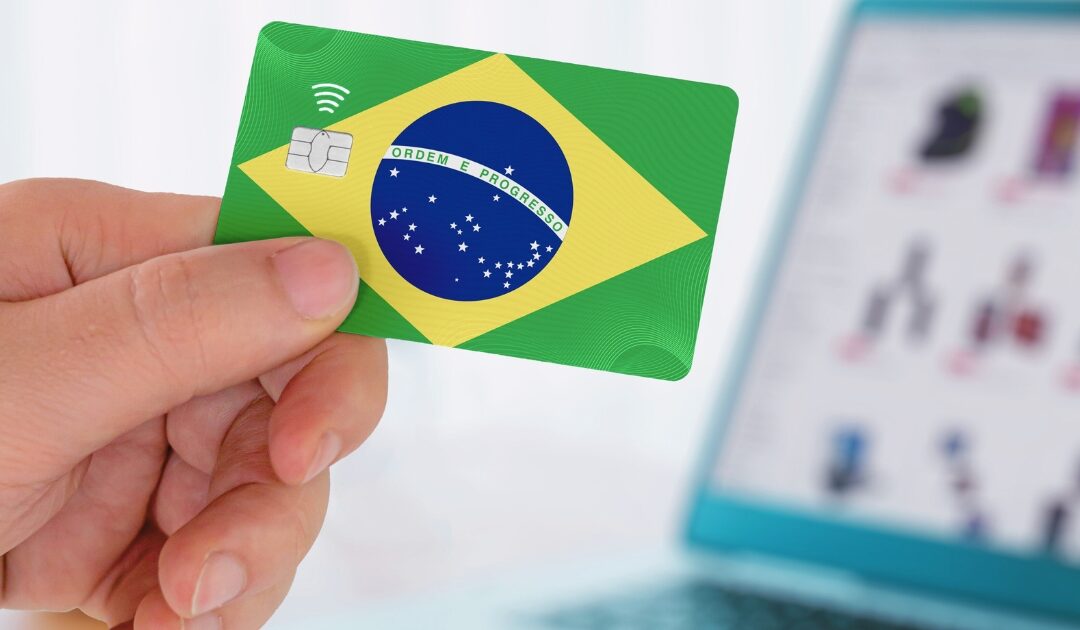1. The European Union (EU) defines cosmetics very broadly. In 2009, the EU enacted rules that standardized cosmetics regulations across all member countries. According to this regulation, known as EU Regulation 1223/2009, a cosmetic is “any substance or mixture intended to be placed in contact with the external parts of the human body (epidermis, hair system, nails, lips, and external genital organs) or with the teeth and the mucous membranes of the oral cavity with a view exclusively or mainly to cleaning them, perfuming them, changing their appearance, protecting them, keeping them in good condition or correcting body odors.” That’s a long way of saying that if it touches your skin or teeth, it’s probably a cosmetic.
2. Cosmetics regulations are stricter than in other parts of the world and require up-front work before you sell to European consumers. Some of these requirements include:
- Appointing a Responsible Person (RP)
- Submitting a Product Information File (PIF) and Safety Assessment
- Complying with Good Manufacturing Practices (GMP)
- Completing a pre-market filing through the Cosmetic Products Notification Portal (CPNP)
- Having approved labels, packaging, and health claims
3. According to the trade association Cosmetics Europe, all of these requirements need to be followed if a cosmetics company targets EU consumers. Targeting EU consumers includes localizing your website for EU consumers by allowing them to select their country, displaying content in several EU languages, displaying prices in Euros, or even offering shipping to the EU.
4. Customs agents will look at the labeling on the packaging and on the products to quickly determine whether these pre-market activities were completed. For example, if there is no EU address on the label, they know to take a closer look. Goods made in the EU will have the manufacturer’s address and a way to contact them. Goods manufactured outside the EU need to list a “Responsible Person” who serves as the local point of contact.
5. There are other telltales on the label like having the weight or volume in metric units, listing the country of origin (Made in) on the outer packaging, noting the “date of durability” of how long the product should last, the batch number, and the product function (e.g. beauty balm)
6. All EU countries require you to translate the product function, composition, precautions, and warnings into the local spoken languages. For countries like Belgium that have three official languages, this information should be presented in Dutch, French, and German.
7. Ingredients must be listed by their INCI name ( International Nomenclature of Cosmetic Ingredients), which makes it simpler because you don’t have to translate them into other languages. Water is simply “Aqua” across the board.
8. The EU has no legal definition of “organic,” so anyone can claim that products are green, natural, or super organic.
9. If you are also selling in the UK, you will have to duplicate efforts. The UK’s guidelines mirror those of the EU and require you to:
- Appoint a UK Responsible Person (RP)
- Submit a Product Information File (PIF) and Safety Assessment through the UK’s portal
- File product details via the UK’s Cosmetic Products Notification Portal (CPNP)
10. Passport Shipping has partnerships and discounted rates with regulatory consultancies that can help you complete all necessary steps to get your cosmetics products into the EU and UK markets. Contact us today to find out how we can help.




